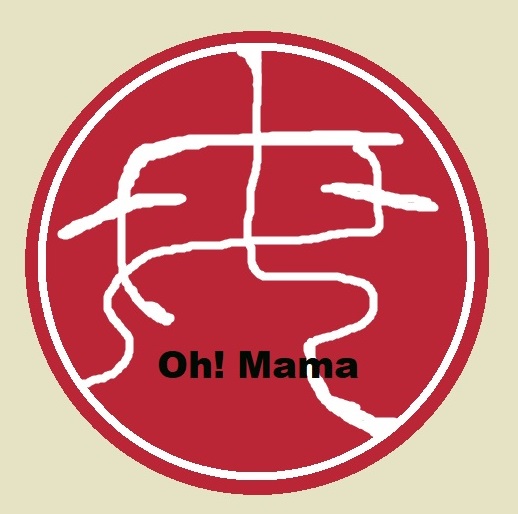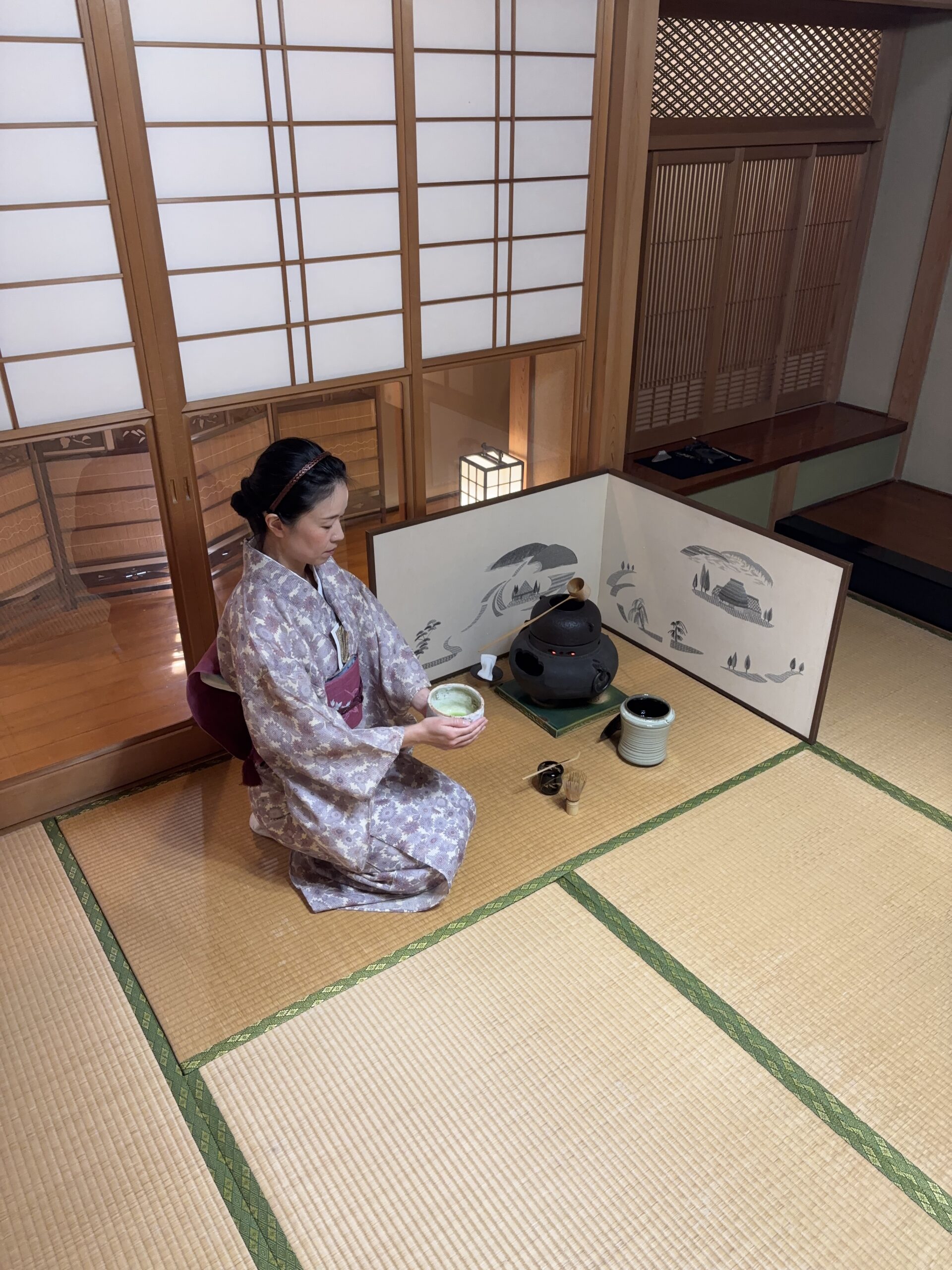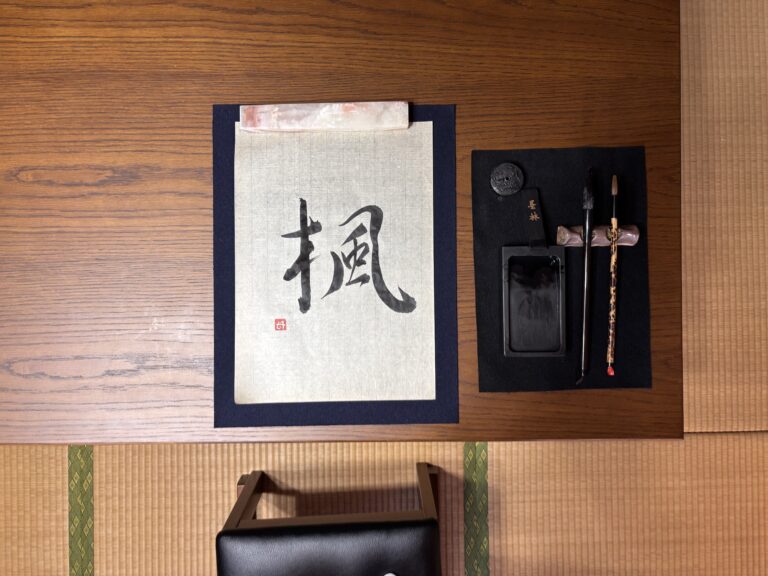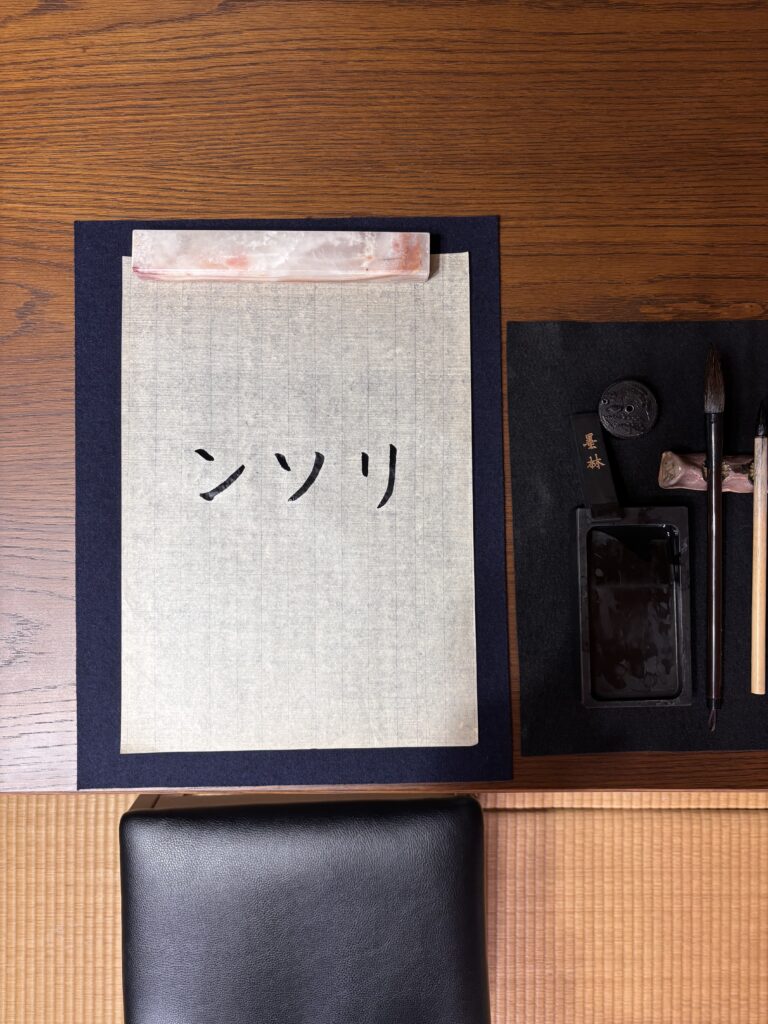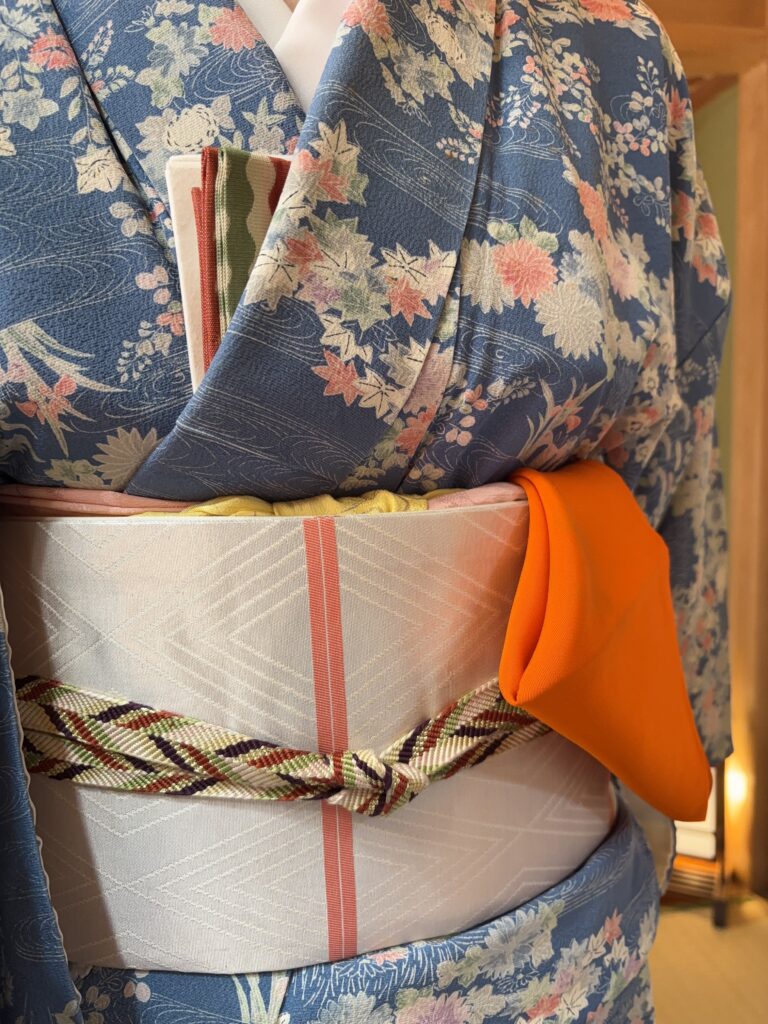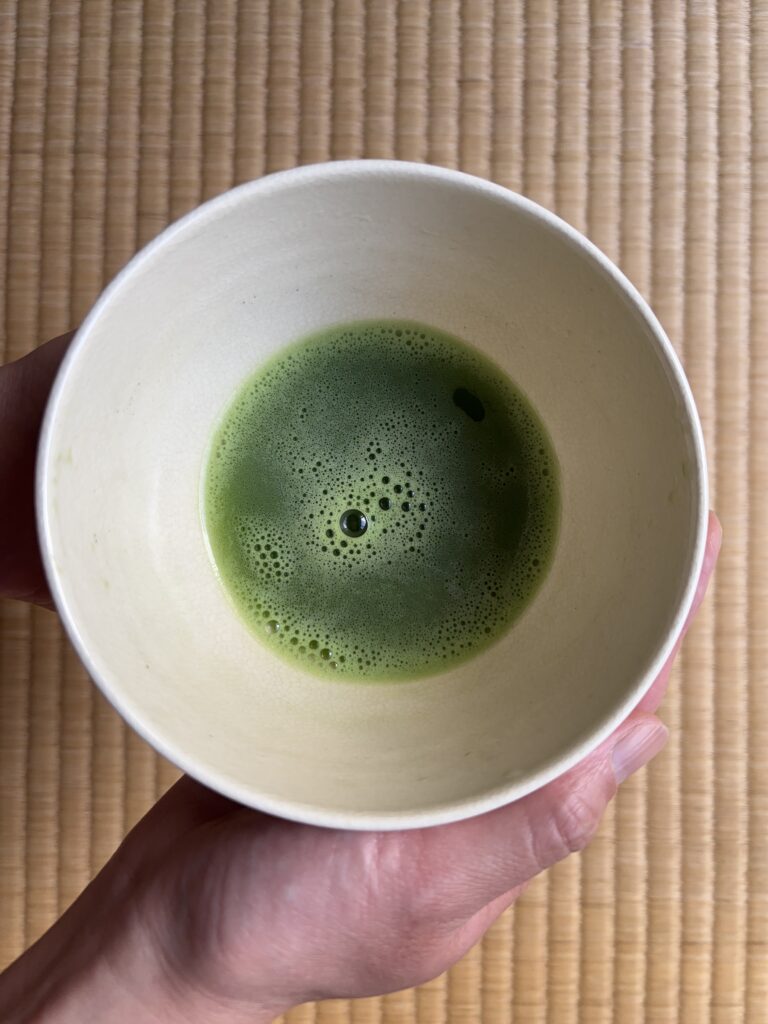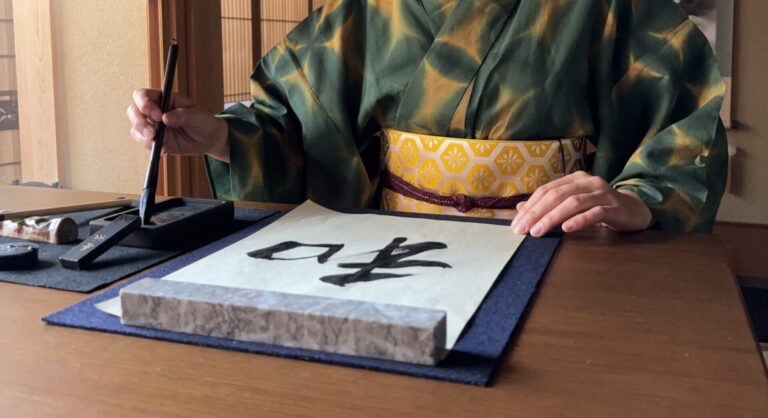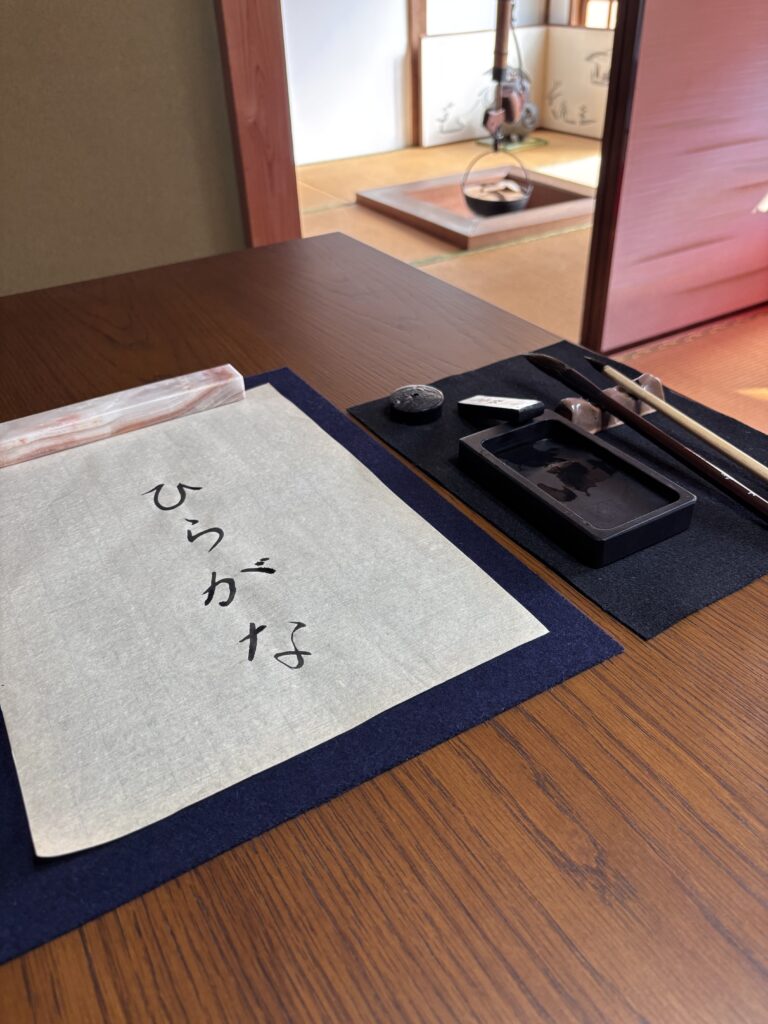Questions about Sado, the Tea Ceremony: Why “Do”?
In the tea ceremony, the host prepares utensils in front of the guests, makes a bowl of matcha, and offers it for them to enjoy. In Japanese, this practice is called Sado, Chanoyu, or simply Ocha — “tea.”
When I first encountered tea ceremony, it was through my high school club, which was called the Sado Club. My school had two other clubs whose names also included the character “Do” (道, the Way) — the Kado Club (flower arranging) and the Kendo Club (Japanese fencing).
Whenever I see a name ending with “Do,” I can’t help but think, “Ah, that feels so Japanese.” Around the time the word globalization became common in Japan, I was mostly looking outward toward foreign cultures. But I gradually realized how little I actually knew about my own. That realization — along with the temptation of delicious sweets and tea — led me to begin learning tea ceremony.
When I looked up the word “Sado” in my trusted dictionary, Kojien, it simply said: See “Chado.” So, although the word is written 茶道, the pronunciation “Chado” is the standard, not “Sado.” To think I’ve been practicing tea ceremony for over a quarter of a century and only just discovered that — how surprising!
According to Kojien, Chado is defined as:
“A path of strengthening oneself mentally and perfecting the manners of society through Chanoyu.”
Looking up Chanoyu, it says:
“To invite guests, prepare matcha, and offer them hospitality with meals and sake.”
In other words, Chado is the practice of cultivating the mind and mastering manners through the art of hosting a tea gathering.
Here, the “Cha (茶)” represents the act of making and enjoying matcha, while the “Do (道)” signifies a spiritual path — polishing the mind and striving toward the cultivation of one’s character.
According to a report by Japan’s Agency for Cultural Affairs (“Report on the Study of Living Culture: Tea Ceremony,” 2020), the term “Chado,” or “Sado,” came into use in the early Edo period to express “Chanoyu as a means of spiritual training.”
Thus, tea ceremony is not merely about visiting a teahouse, having a bowl of matcha, and saying, “That was delicious.”
It is a lifelong practice — a process of learning, refining, and cultivating the heart.
And that, I realized, is why it is called “Sado” — the Way of Tea.
References
・Agency for Cultural Affairs, Government of Japan.
“Report on the Study of Living Culture: Tea Ceremony (2020).”
https://www.bunka.go.jp/tokei_hakusho_shuppan/tokeichosa/seikatsubunka_chosa/index.html
